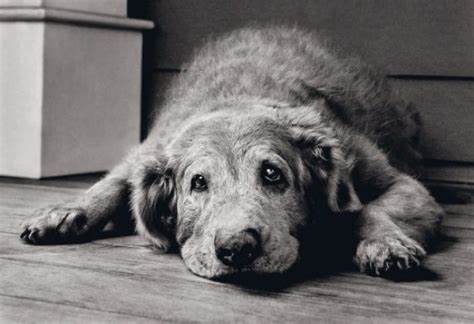Have you heard that the dog is calling while sleeping?
In fact, these silent buzz are signs of rapid eye movements, or dreams of sleeping dogs. This happens in cycles and occurs approximately every 20 minutes.
- The dog choked while sleeping
- Breathing quickly when the dog is sleeping
- The dog is running while sleeping
- The dog barks while sleeping
- The dog twitches while sleeping
Think of this as the difference between brain activity in "quiet" sleep and "active" sleep. Three-quarters of the time the sleeping dog was in a quiet sleep, nothing happened. The remaining quarter is active sleep, characterized by rapid eye movement (REM), random convulsions, and occasional squeaking.
During the REM cycle, the brain is as busy and active as the dog is awake. The difference is that the connection between the body and the brain is broken, but sometimes a special spike in brain activity covers this sleep paralysis and dog barking or convulsions. Even more fascinating is that a sleeping dog has experienced a semi-awake cycle. This means that every 15 minutes of sleep, the dog must sleep for 5 minutes, awake but sleepy.
On an ordinary night, the dog will experience about 23 such sleep-wake cycles. Puppies are more active in sleep than adults. This is due to partial dysplasia in the brain that inhibits muscle activity during sleep. Therefore, convulsions, sex and running tend to escape from the brain's buffer mechanism.
In short, no one knows for sure, because dogs can't tell us. However, people experience rapid eye movement sleep, just like a dog. In humans, we know that REM sleep helps to rearrange what happens in the day and make them meaningful. Suppose a coveted dog is thinking about what is going on that day, such as playing, eating a burger, or chasing a squirrel.
Again, no one knows. But it can be a nightmare for a dog to dream, which seems reasonable.




 Login
Login
 Register
Register



